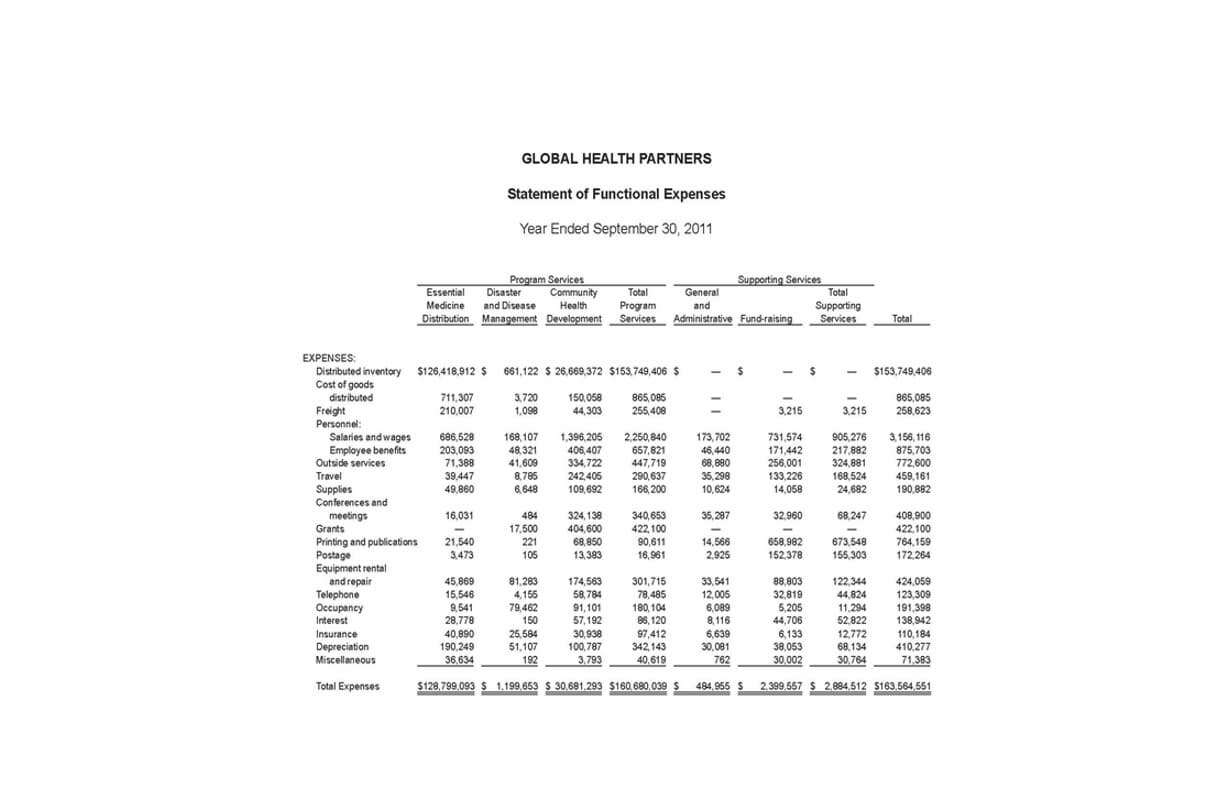Gains and Losses vs Revenue and Expenses: What’s the Difference?

The benefit of using the contra expense account is that the company’s managers can see in account 4210 the bookkeeping total amount that the company paid to the health insurance company. Then in account 4211 they can see the portion of the cost that was paid by the employees. The company’s income statement will report the combination of the amounts in accounts 4210 and 4211 in order to show the company’s actual expense of $8,000 ($10,000 minus $2,000). Expenses are tracked differently depending on whether you use the accrual or cash basis of accounting.

● Payroll
Period expenses are those that belong in the current period and are never accrued or deferred. They are not related to specific operations but instead to the whole operation. Examples of period expenses include advertising, marketing, sales and administration salaries and rent. Period expenses are expensed when incurred, because they cannot be traced to any particular product or service.
Types of Contra Accounts – Explanation
While accrued expenses are liabilities, the prepaids are considered assets when it comes to the balance sheet. An expense account typically ties to an item making a company spend money, but there also are non-cash cost accounts that reduce the organization’s income. If you hear finance people using terms such as cost, expense, charge and outlay, just note they’re referring to the same thing.

Accrued Expense Vs. Accounts Payable
- A debit is an accounting entry that records incoming cash — increasing asset and expense accounts and decreasing liability, equity, and revenue accounts.
- Liabilities, equity, and revenue increase with credits and decrease with debits.
- On 01 Jan 202X+1, company has to reverse the accrued expense by making a journal entry in the opposite way.
- For example, when you record a sale, it automatically debits your cash or accounts receivable and credits your revenue account, so you don’t have to do it manually.
- The journal entries for a write-off and a write-down are similar but different.
- To calculate sales revenue, multiply sales price by number of units sold.
In other words, this account’s credit balance is contrary to (or opposite of) the usual debit balance for an expense account. Net Loss incurred by a business is shown on the credit side of an income statement as a balancing figure. At the time of preparation of final accounts, the loss is transferred to the balance sheet. Write-downs and write-offs are two ways that businesses account in their financial statements for assets (including physical assets and outstanding credit balances) that have lost value. Write-offs are the more severe and final of the two, indicating that the company believes the asset to be worthless.
- For a liability or revenue account that are naturally credit accounts, the contra accounts will be in a debit position.
- Offset refer to the amount that reduces the balance of the opposite account.
- The debit entry to a contra account has the opposite effect as it would to a normal account.
- For the revenue accounts in the income statement, debit entries decrease the account, while a credit points to an increase in the account.
- The Stationery expense account in the bookkeeping system has been increased by the addition of the box of paper.
- The company knows exactly how much it must pay and when it must pay it.
If you’re a bit uncertain about the accounting equation and how owners equity works, return to our opposite of expense in accounting earlier lesson called What is Owners Equity? So as you can see, expenses result in the owner having a smaller share of the assets. The owner’s equity and expenses are therefore conversely (oppositely) related, and thus expenses come into being (and increase) on the left side. If we pay our expenses immediately, then this will result in money flowing out immediately.

Key Differences: income vs revenue vs profit
An accrued expense is the expense that occurs but has not Bookkeeping for Chiropractors yet received an invoice from the supplier. In other words, it is an expense that has been incurred but not yet recorded or paid for. This can happen for a variety of reasons, but it typically occurs because the supplier takes some time to generate an invoice after the goods or services have been delivered.
What is a Contra Liability?
A loss is realized when a company loses money through a secondary activity. The determination of gain versus loss is dependent on the book value of the asset according to the company’s financial documents when a company sells an asset. A loss will also be recorded if a company is ordered by a judge to pay to settle a lawsuit or if it loses money on a financial investment.






